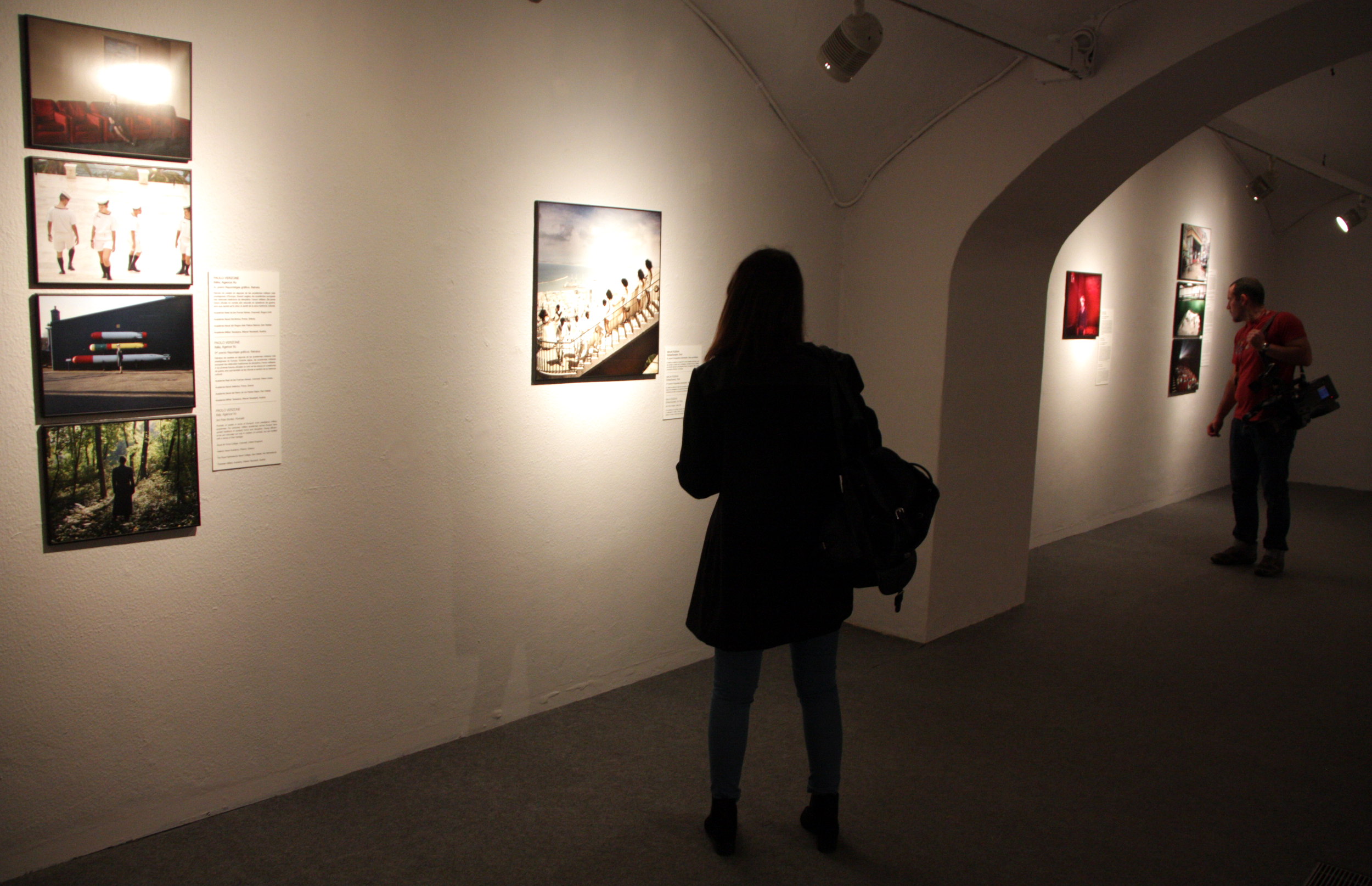The world’s best photojournalism arrives in Barcelona
Barcelona's Centre of Contemporary Culture (CCCB) is currently hosting the 134 photographs awarded by the 'World Press Photo', one of the most important photojournalism competitions. Until the 13th of December, visitors can view a wide range of documentary photographs portraying scenes related to issues such as the Ebola epidemic, the Ukraine crisis and the migration drama in the Mediterranean. However, one of the most outstanding pictures to be displayed in Barcelona's CCCB is Mads Nissen’s 2015 winning picture, which portrays the intimacy of a homosexual couple in Saint Petersburg, and was vetoed at the last ‘Visa pour l'Image’ festival in Perpignan due to its "excessive dramatisation". The eleventh edition of the 'World Press Photo' exhibition also includes seven winning pieces in the media category.

Barcelona (CNA).-The eleventh edition of the 'World Press Photo', one of the most important photojournalism competitions, is currently hosting in Barcelona's Centre of Contemporary Culture (CCCB) 134 examples of documentary photographs from all over the world. One of the most controversial of these is Mads Nissen’s 2015 winning picture, which portrays the intimacy of a homosexual couple in Saint Petersburg. The picture was vetoed at the last ‘Visa pour l'Image’ festival in Perpignan because of its "excessive dramatisation". The exhibition also includes images of the Ebola epidemic, the Ukraine crisis and the migrant drama in the Mediterranean. "It is an exhibition suitable for all audiences" assured Photographic Social Vision Foundation director Sílvia Omedes, "but we warn the visitors that there are hard, cruel images".
The winning photograph of the 2015 World Press Photo Contest is one of the main attractions of the exhibition. The picture, by Mads Nissen, shows a gay couple in bed and was dismissed at the last ‘Visa pour l'Image’ festival inPerpignan festival due to its "excessive dramatisation". "It goes a bit further than simply showing reality" admitted Photographic Social Vision Foundation director Sílvia Omedes, but highlighted that the 'World Press Photo' has to show "all the platforms and genres and award the best of them".
The slogan for Barcelona's exhibition is “Seeing is Understanding” in order to promote the documentary nature of the 'World Press Photo'. "We believe that documentary photography is a very important tool for social consciousness" assured Omedes, "it gives new approaches and alternative points of view". Following this train of thought, the exhibition includes photographs dedicated to the Ebola epidemic, the Mediterranean's migratory crisis and China's expansion, amongst others. "It is an exhibition suitable for all audiences" assured Omedes "but we warn the visitors that there are hard, cruel images".
Multimedia categories also present at Barcelona's exhibition
Different to what happens at the other 'World Press Photo' exhibitions around the world, Barcelona's CCCB also has on display works from the multimedia categories. This is an initiative of the World Press Photo Foundation created four years ago and aims to give visibility to those artists working in this field. "Barcelona is amongst the few cities which shows the winners of these categories" stated Photographic Social Vision Foundation director Sílvia Omedes and added that "there are actually many Spanish artists awarded in this field". Amongst them is Carlos Spottorno, who was invited to the exhibition's opening and whose short film 'At the Gates of Europe' has been internationally lauded.